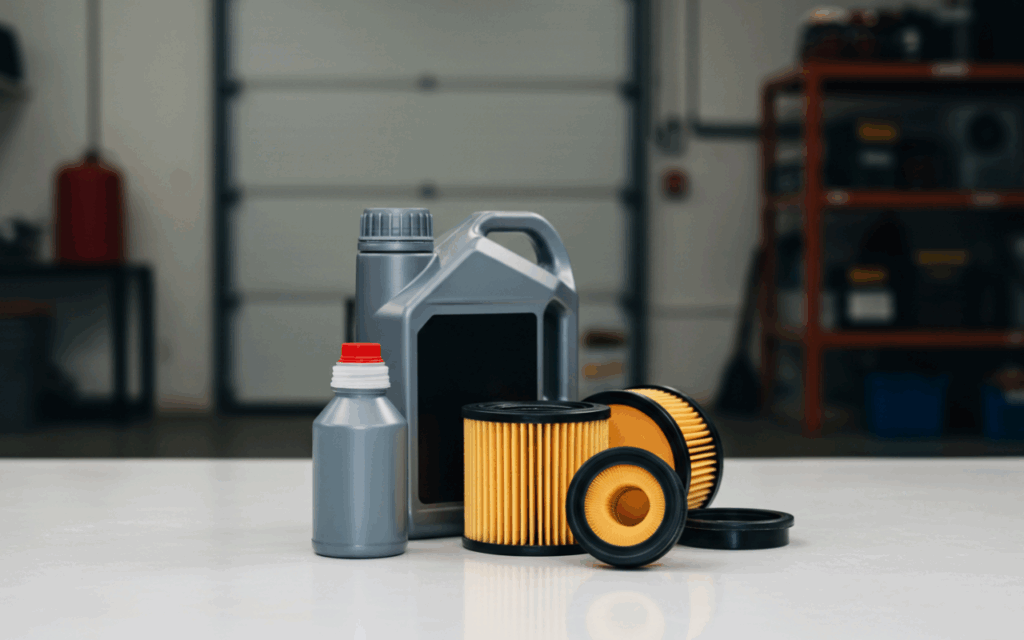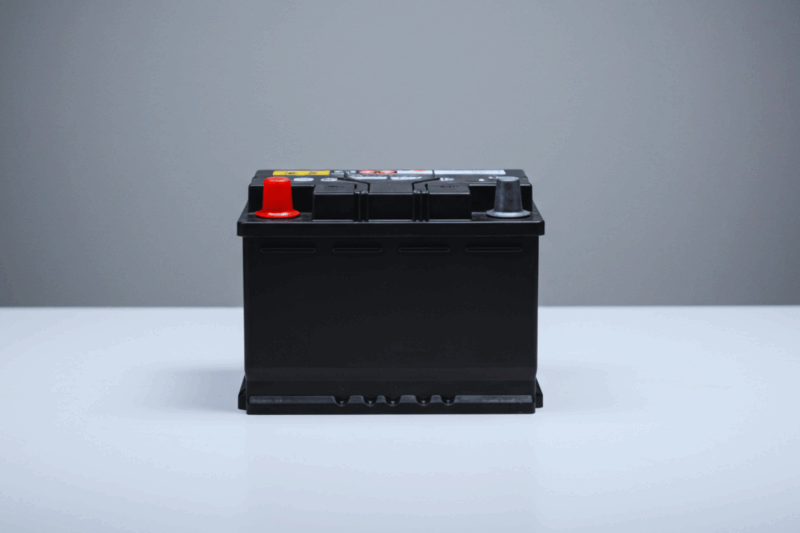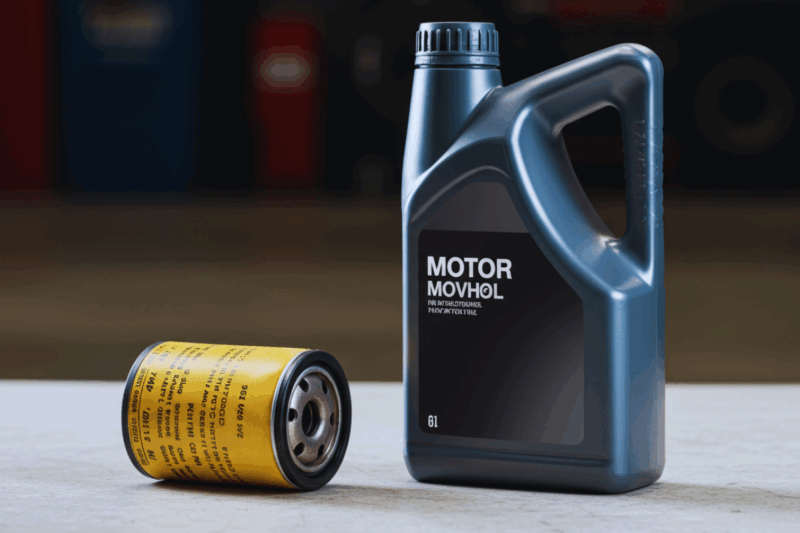Maintaining your car regularly can help identify problems before they escalate into larger ones, saving both money and stress in the process. Learn to perform maintenance checks like oil changes, headlight inspection, tire pressure checks and pressure adjustment in order to save both money and stress.
Engine oil is an integral component of any vehicle, as it keeps the engine lubricated to reduce friction and avoid overheating. Therefore, engine oil should be regularly checked and changed as required.

1. Check the Oil
Your car’s oil serves an essential purpose: it lubricates its engine, reduces friction and wear, helps prevent overheating, filters out debris from its system and keeps everything running smoothly.
Checking your oil is a straightforward task most drivers can accomplish at home. Just park on level ground, switch off your engine, pull out and wipe the dipstick before reinserting it, using only recommended types of oil from your owner’s manual, as well as inspect hoses and belts for cracks or fraying before reinserting it back in its place.
2. Check the Tire Pressure
Even without an integrated tire pressure monitoring system (TPMS), tire pressure checking is an essential DIY maintenance task that improves safety, fuel economy and tire life span. Grab a gauge, unscrew the valve cap and press firmly against your valve stem with it pressed against.
Referencing your owner’s manual or information sticker inside the driver-side door frame, establish the recommended pressure. Check again after letting some air out to lower it if necessary.
3. Check Your Headlights
Your headlights might not be at the forefront of your mind when considering your car, but they play an integral part. Not only are they crucial for safety purposes but they can help avoid traffic citations as well.
Headlights may become misalign and not shine as brightly. Check them regularly to make sure they’re aligned correctly; if not, find their adjustment screws on the back of their housing and turn them to adjust as necessary – this should only take minutes!
4. Check Your Brake Lights
If the brake warning light illuminates, this could signal that there is something amiss with either your electrical system or brakes that requires immediate attention and fix. Take this warning seriously as soon as it occurs to ensure swift resolution.
First, inspect the brake light fuses located either at the power distribution center or underneath the hood; any that are blown should be replaced immediately. Next, use a test light (referring to your owner’s manual for help on how to use one) to examine your brake switch, making sure it lights up when pressing pedal.
5. Check Your Battery
A battery is at the core of any vehicle and its failure can leave you stranded in an unfamiliar parking lot. Therefore, it is essential to regularly have it tested and replaced when its charge starts waning; using a multimeter can help assess its health while terminal cleaners provide invaluable service in clearing corrosion-induced loose connections that shorten its life span.
Regular battery maintenance will extend its lifespan by keeping them clean and checking the fluid levels regularly. Refer to your owner’s manual for detailed instructions.
6. Check Your Tires
Tires are the only part of your vehicle that directly touches the road, and their health has an immediate effect on how well your car handles, brakes and grips the pavement. For optimal performance and long term health, routine inspections and pressure checks (such as penny tests ) must take place; additionally you’ll want to have both a tire pressure gauge and spare on hand for emergencies.
Remember, for an accurate reading, tire pressure should always be checked when they’re cold and rotated every 5,000 miles as recommended in your owner’s manual or owner’s guide.
7. Check Your Tire Pressure
Preserving proper tire pressure is vitally important, not just to ensure an ideal fuel economy and tread life; but also for your own safety.
At least every month, you should conduct a tire pressure check and record its result on either a sticker in your driver’s door jamb or in your owner’s manual.
Before performing this procedure, a pressure gauge (dial or pen-type) must be used. After uncapping and pressing it onto the valve stem, remove its cap before pressing onto it with your gauge – any hissing noises should indicate accurate readings.
8. Check Your Brakes
Brakes are among the most essential safety features in any vehicle and must always remain at peak performance. Drivers can extend the life of their brakes by driving more gently and avoiding abrupt acceleration and stops.
Watching for signs that your brakes are beginning to wear can save you from costly repair bills in the future. A brake warning light, squealing and low pedal feel are all telltale indicators that something may be amiss with your brakes, so if any appear immediately get them inspected by a professional.
9. Check Your Tires
Tires are the only parts of your vehicle that make direct contact with the road, and therefore have a profound effect on handling, ride quality, braking, and safety. Regularly check their air pressure, tread depth, and overall condition to maintain optimal performance.
One simple method of checking tread depth at home is the “penny test.” Simply place a penny with Lincoln’s head facing down in each tire’s tread grooves; if Lincoln can be seen clearly above it is time to consider replacing or rotating tires regularly to ensure even wear and longer lifespan.
10. Check Your Battery
Customers usually have an idea of what a failing battery looks like; by performing an easy check of their battery’s health at every service visit, your customers know you care about ensuring its longevity.
Car owners know the inconvenience caused by a dead battery can leave them stranded, so keeping an eye on its condition is critical. This includes inspecting terminals for corrosion-free terminal connections and making sure it can maintain charge levels properly. Regular fluid exchanges should also help avoid damages to vehicle systems and ensure smooth running operation of systems within.


![How to Check Your Tire Tread Depth at Home [No Tools Needed]](https://autoreviewzone.us/wp-content/uploads/2025/06/how-to-check-your-tire-tread-depth-at-home-no-tools-needed-800x533.png)
